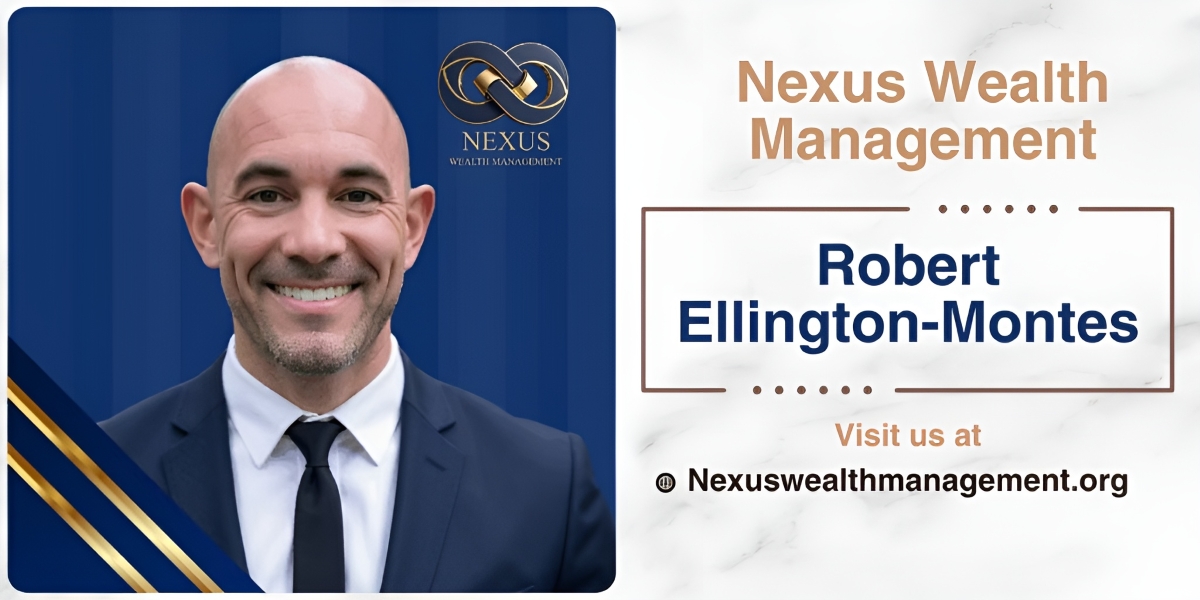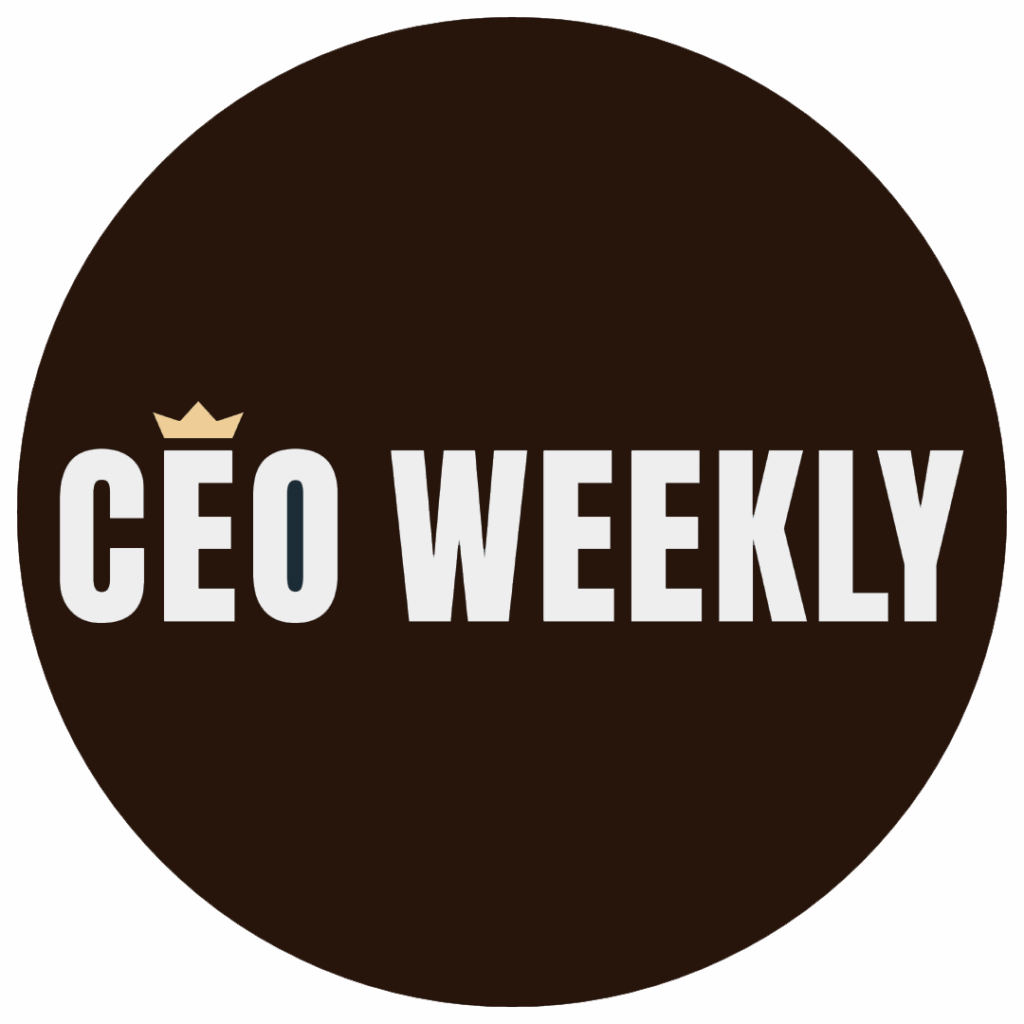Reframing Microsoft’s identity
When Satya Nadella stepped into the CEO role in 2014, Microsoft was at a crossroads. The company had missed the mobile wave, was struggling to compete with Apple and Google, and was seen by many as a legacy player rather than an innovator. Nadella’s first move was not a flashy product launch but a cultural reset. He introduced the concept of a growth mindset, urging employees to shift from “know it all” to “learn it all.”
This reframing was more than motivational language. It became the backbone of Microsoft’s transformation, encouraging risk‑taking, collaboration, and curiosity. Nadella emphasized empathy as a leadership trait, believing that understanding customers, partners, and employees was essential to innovation. By embedding this mindset into the company’s DNA, Microsoft began to rebuild its reputation as a forward‑thinking tech leader.
Executives across industries took notice. Nadella’s approach demonstrated that culture is not a soft asset but a competitive advantage. By reframing Microsoft’s identity around growth and learning, he unlocked new markets, attracted top talent, and positioned the company to thrive in the cloud and AI era.
Thinking in decades, executing in quarters
Nadella’s leadership philosophy balances long‑term vision with short‑term accountability. In his 2025 annual letter to shareholders, he emphasized the importance of “thinking in decades, executing in quarters.” This mantra reflects his belief that companies must pursue bold, transformative goals while maintaining discipline in quarterly performance.
Microsoft’s AI investments illustrate this principle. Nadella positioned AI as a platform shift on par with the rise of the internet. By committing billions to research and infrastructure, Microsoft ensured it could lead in AI services like Azure OpenAI, while still delivering consistent quarterly earnings. This balance reassured investors while keeping the company on track for long‑term dominance.
For executives, the lesson is clear: vision without execution is fantasy, and execution without vision is shortsighted. Nadella’s ability to align long‑term bets with quarterly discipline offers a blueprint for leaders navigating disruption. It shows that ambition and accountability can coexist when strategy is rooted in clarity.
AI leverage and workforce transformation
After a year of layoffs, Nadella signaled a hiring comeback at Microsoft in 2025, but with AI leverage guiding the process. Instead of simply adding headcount, the company focused on roles transformed by AI, ensuring productivity gains drove growth. Nadella’s message was that the future workforce would be shaped not by replacement, but by augmentation.
This approach reflects a broader trend in executive strategy. Leaders are asking how to design roles that maximize human creativity while leveraging machine efficiency. Nadella’s answer is to grow smarter, not just bigger. Microsoft’s workforce stood at 228,000 in mid‑2025, but the emphasis was on ensuring each role contributed disproportionately to innovation.
Nadella’s workforce strategy demonstrates how growth in the AI era requires intentional design. It’s not about sheer numbers, but about strategic alignment between people and technology. For executives, the takeaway is that workforce expansion must be adaptive, future‑focused, and built to maximize impact.
Fungible assets and disciplined innovation
In Microsoft’s Q1 2025 earnings call, Nadella highlighted the importance of fungible assets, data centers and infrastructure that can serve multiple geographies, products, and research initiatives. This disciplined approach ensures investments remain flexible, avoiding over‑concentration in any single area.
For executives, this is a masterclass in resource allocation. Nadella’s strategy shows that innovation must be scalable and adaptable. By funding its own R&D and model capabilities, Microsoft differentiates itself while maintaining resilience against market fluctuations. The company is willing to walk away from business that doesn’t align with long‑term sustainability.

Disciplined innovation, as Nadella demonstrates, is not about saying yes to everything, but about knowing when to say no. His fungible asset strategy illustrates how leaders can balance ambition with prudence, ensuring growth remains sustainable in volatile markets.
Recommitting to purpose
In a July 2025 communication, Nadella emphasized Microsoft’s commitment to its “why, what, and how.” He acknowledged the difficulty of recent job eliminations but framed them within a broader narrative of resilience and renewal. For executives, this highlights the importance of transparency and empathy in leadership.
Nadella’s message was not just about operational decisions; it was about reaffirming purpose. By expressing gratitude to departing employees and emphasizing the company’s mission, he reinforced trust within the organization. This approach demonstrates how leaders can navigate uncertainty while maintaining cultural cohesion.
Authenticity has become a cornerstone of Nadella’s leadership style. His willingness to address challenges openly strengthens Microsoft’s identity as a purpose‑driven company. For decision‑makers, the lesson is that recommitting to purpose during difficult times can preserve morale and sustain momentum.
Lessons for executives and entrepreneurs
Satya Nadella’s strategy at Microsoft offers a blueprint for leaders across industries. His growth mindset approach reframed culture, his long‑term vision balanced with quarterly execution ensured discipline, and his AI‑driven workforce strategy redefined talent management. Each element reflects a high‑level, authoritative playbook for sustainable growth.
For entrepreneurs, the takeaway is that growth requires more than ambition, it requires adaptability. Nadella’s emphasis on curiosity and resilience shows how startups can scale without losing agility. For executives, the lesson is that cultural transformation is not optional; it’s essential for relevance in the digital era.
The question for leaders is whether they are willing to embrace a growth mindset at scale. Nadella’s success suggests that those who do will not only survive disruption but thrive in it. His strategy is a reminder that leadership in the AI era demands both vision and humility.








